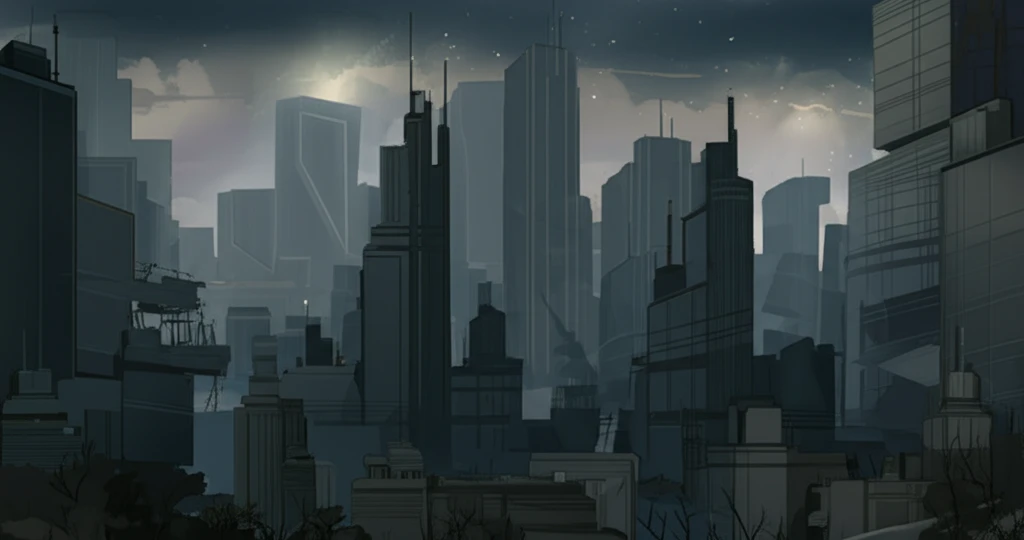
Could Cold-Formed Steel Structures Revolutionize Construction? A Beginner's Guide
"Discover how innovative designs using thin-walled steel are enhancing building efficiency and sustainability, making them a game-changer for modern architecture."
In the ever-evolving world of construction, new materials and techniques constantly emerge, each promising enhanced efficiency, sustainability, and cost-effectiveness. Among these innovations, cold-formed steel (CFS) structures are gaining significant traction, offering a compelling alternative to traditional building methods. But what exactly are they, and why are they becoming so popular?
CFS structures are constructed from thin sheets of steel that are bent into various shapes at room temperature. This process, known as cold-forming, doesn't require heat, making it more energy-efficient compared to traditional steel manufacturing. The resulting components are lightweight yet remarkably strong, making them ideal for a wide range of construction applications.
This article aims to demystify CFS structures, exploring their benefits, applications, and design considerations. Whether you're a seasoned construction professional, an aspiring architect, or simply curious about innovative building materials, this guide will provide a clear and accessible overview of this exciting technology.
Why Choose Cold-Formed Steel? Unveiling the Benefits

CFS structures offer a plethora of advantages that make them an attractive option for modern construction. Here are some key benefits:
- Cost-Effective: The reduced weight translates to lower material costs and faster construction times, ultimately reducing overall project expenses.
- Sustainable: Steel is a highly recyclable material, and the cold-forming process minimizes energy consumption, making CFS structures an environmentally friendly choice.
- Design Flexibility: CFS can be formed into a variety of shapes and sizes, allowing for greater architectural freedom and customization.
- Durable and Fire-Resistant: Steel is inherently resistant to fire and pests, ensuring long-term durability and reduced maintenance costs.
- Easy Installation: CFS components are typically prefabricated and easy to assemble on-site, speeding up construction timelines.
The Future of Construction is Here
Cold-formed steel structures represent a significant advancement in construction technology, offering a compelling blend of efficiency, sustainability, and design flexibility. As the industry continues to embrace innovative solutions, CFS is poised to play an increasingly prominent role in shaping the buildings of tomorrow. From reducing costs and construction time to promoting environmental responsibility, CFS structures are paving the way for a more sustainable and resilient built environment.
